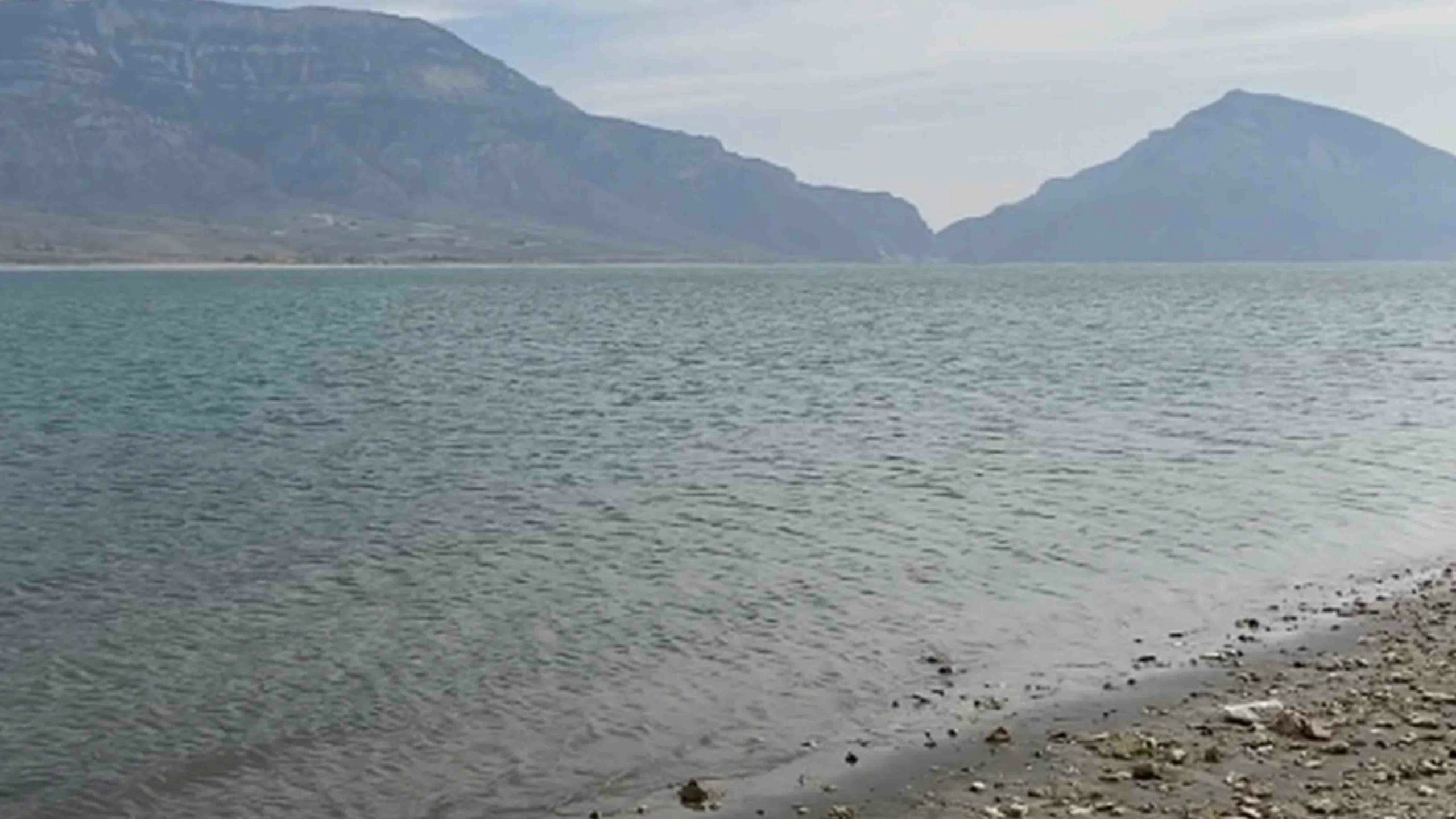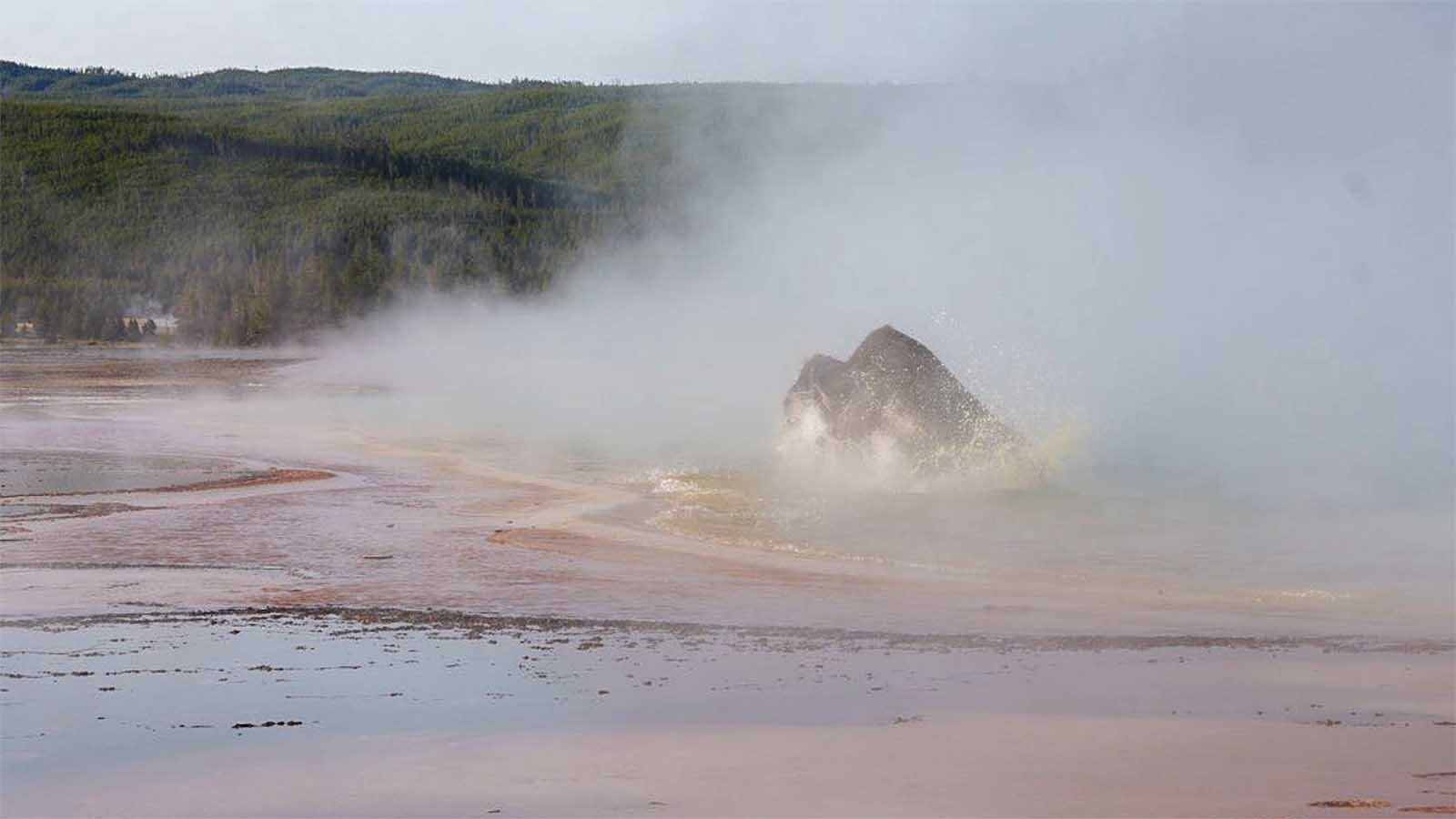If water levels in reservoirs around Wyoming are looking a little low, well, they are.
U.S. Bureau of Reclamation and irrigation district officials across the state are reporting that reservoirs levels are well below their capacities.
In Cody, the Buffalo Bill Reservoir contains far less water than it has in the past.
David Merrell, with the Bureau of Reclamation office in Mills, told Cowboy State Daily that water behind the Buffalo Bill Dam is currently at 60% of its capacity.
However, Merrell said the bureau doesn’t anticipate any water shortages this year.
“Despite drier than normal conditions and below average storage in Buffalo Bill Reservoir, we do not currently anticipate a water shortage in the Bighorn Basin,” he said.
A graph charting water levels at Buffalo Bill for the last 30 years bears that out. Although the fact islands have surfaced at the shallower end of the reservoir, this year’s levels are still above those recorded in 2001. Levels that year were the lowest seen in the last 30 years and were 22 feet below current readings.
Other parts of the state are in a similar situation. Steve Lynn, with the Midvale Irrigation District in Pavillion, said he’s not worried about a lack of irrigation water this summer, although he is hoping spring storms will improve the outlook there.
“We’re sitting in a fairly good position right now,” he said. “It’s not great, but it’s good. Historically, over the last three years that I’ve been here, we’ve seen some pretty good storm events come through in April, which bolstered the snowpack and has put a little more rain down in the lower elevations.”
Bull Lake, which is the main storage reservoir for Fremont County irrigators, is only at about 60% of its capacity right now, according to Lynn, but he said runoff from the snowpack above the reservoir should provide plenty of water this summer.
“I think we’re just under 90,000 acre-feet right now, and the Bureau (of Reclamation) says there’s 150,000 acre-feet of water up in that drainage.”
An acre-foot is the amount of water required to cover one acre of land with 1 foot of water.
Similarly, Bonnie Hueckstaedt, with Eden Valley Irrigation in the state’s southwest corner, told Cowboy State Daily the region’s reservoir, the Big Sandy, is at about 68% of normal right now.
“It’s going to be a short year, unless we get more precipitation,” said Hueckstaedt. “We had a really short year for 2021. And the snow level, where our drainage starts at, is pretty low, only about 31 inches. Compared to last year around this date, it’s about 5 inches shorter than last year.”
Merrell pointed out that weather forecasts for the upcoming months predict a drier than normal spring and early summer.
“The long term forecast per NOAA for the April-June 3-month period is below average precipitation,” he said.





